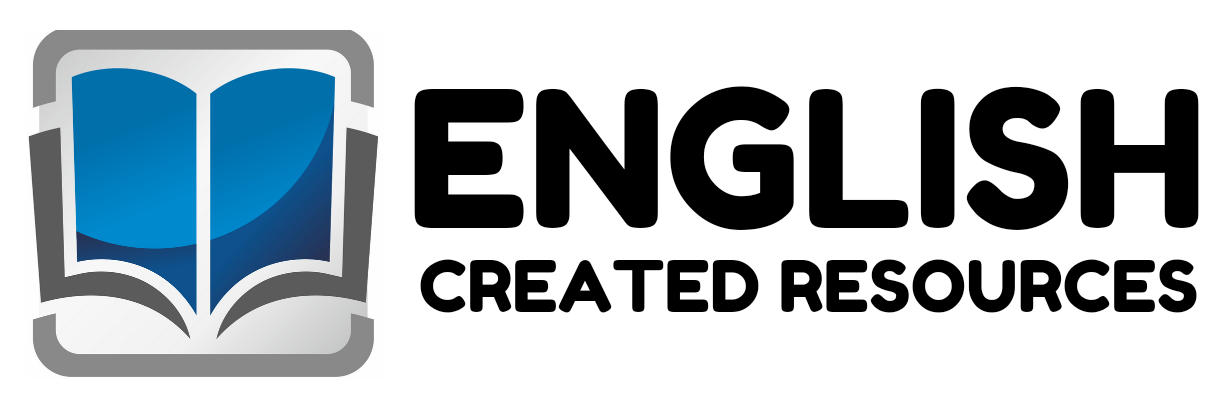12 Months Bin Labels

12 Months Bin Labels
In early childhood education, visual aids and organizational tools play a pivotal role in nurturing young learners’ understanding of the world around them. One such important educational tool is 12 Months Bin Labels, which serve multiple functions in preschool classrooms. These labels not only help in organizing educational materials but also provide essential learning experiences that support children’s cognitive, language, and social development. When incorporated into classroom routines and activities, 12 Months Bin Labels become a foundational resource for teaching calendar concepts, sequencing, time awareness, and thematic organization.
1. Introducing the Concept of Time and Calendar Awareness
Preschool children are at the developmental stage where they begin to understand the passage of time in basic terms—morning, afternoon, yesterday, today, and tomorrow. Introducing 12 Months Bin Labels provides a meaningful way to extend this understanding by familiarizing children with the structure of the year. Each bin labeled with a month introduces them to the names and order of the months, helping them understand that a year is made up of 12 months. With daily or weekly routines involving these bins, such as reviewing the current month or preparing for the next, children begin to internalize the cyclical nature of the calendar.
2. Supporting Language and Vocabulary Development
When children interact with the labeled bins regularly, they are repeatedly exposed to new words like “January,” “February,” or “December,” expanding their vocabulary. Teachers can pair these bins with seasonal books, pictures, and objects related to each month, creating rich language experiences. For example, a “December” bin might contain items related to winter, holidays, or snow. Talking about what’s inside the bin, predicting what might come next month, or even sorting items into the correct month strengthens children’s language and comprehension skills.
3. Reinforcing Sequencing and Order
Understanding sequence is an essential cognitive skill that supports logical thinking and mathematical development. 12 Months Bin Labels provide a concrete and visual way for children to learn sequencing through calendar order. Teachers can guide students in placing the bins in order, from January to December, helping them grasp the flow of time. This activity can be extended by matching events, holidays, or seasonal changes with the correct month, reinforcing chronological thinking and memory skills.
4. Thematic and Seasonal Learning Opportunities
Each month brings its own theme, season, and special events. Having bins labeled by month allows educators to organize learning materials according to these themes. For example, a “March” bin could contain materials for spring, rainbows, or St. Patrick’s Day; a “July” bin might focus on summer activities, sea creatures, or the sun. This organization makes it easy for teachers to plan monthly themes and helps children make meaningful connections between what they are learning and the time of year.
This thematic approach to learning also enhances children’s engagement. Young learners are more excited about activities when they align with real-world events or observable seasonal changes. For instance, talking about falling leaves in October or blooming flowers in April adds relevance and excitement to their experiences.
5. Promoting Classroom Organization and Independence
Visually labeled bins create an organized classroom environment where children can easily identify and access materials. This fosters independence, as preschoolers learn to recognize months by name or by the symbols/pictures on the bin labels. It also helps teach responsibility, as children are often involved in the clean-up process. Knowing that certain items belong in the “May” bin gives them a clear direction on where to return books, decorations, or crafts.
An organized environment reduces chaos, saves instructional time, and creates a predictable routine, which is especially important for preschool-aged children who thrive on consistency.
6. Encouraging Cultural Awareness and Celebrations
Each month often includes holidays or cultural events that can be highlighted through the 12 Months Bin Labels. By incorporating a variety of cultural traditions and celebrations into each bin, teachers can promote diversity, inclusion, and respect for others. For example, February might include materials for Valentine’s Day and Black History Month; November might focus on Thanksgiving or international harvest festivals. Discussing these events helps children learn about different cultures, values, and traditions, fostering empathy and social understanding.
7. Integrating Across the Curriculum
The use of 12 Months Bin Labels is not limited to calendar time or thematic play. They can be integrated into multiple areas of the preschool curriculum:
- Literacy: Reading stories related to the theme of the month.
- Math: Counting the months, comparing the lengths of each month, or creating graphs about weather patterns.
- Science: Observing seasonal changes, planting in spring months, or learning about animals and habitats in different seasons.
- Art: Crafting seasonal decorations or creating monthly journals.
- Social Studies: Learning about traditions, family customs, and holidays.
This cross-curricular integration enhances the depth of learning and makes lessons more meaningful and memorable.
12 Months Bin Labels are more than just organizational tools; they are a dynamic part of early childhood education that supports a wide range of developmental areas. By helping children understand time, sequence, vocabulary, seasonal changes, and cultural diversity, these labels enrich the preschool classroom in both practical and educational ways. When used effectively, they promote independence, encourage thematic learning, and create a more structured and engaging environment for young learners. Educators who incorporate these labels thoughtfully into daily routines and classroom activities are providing children with a strong foundation in both academic and life skills.
Samples from the Labels













